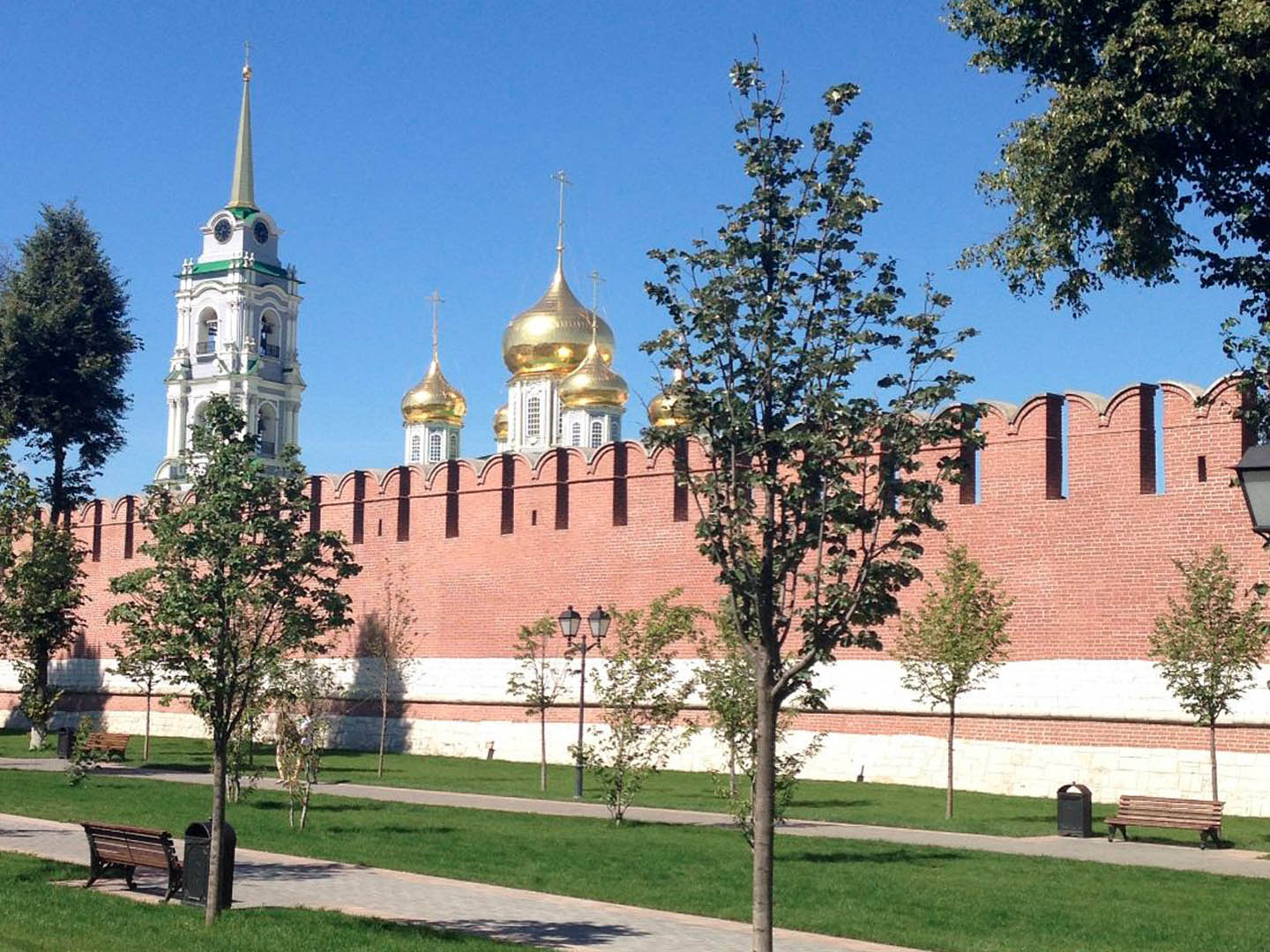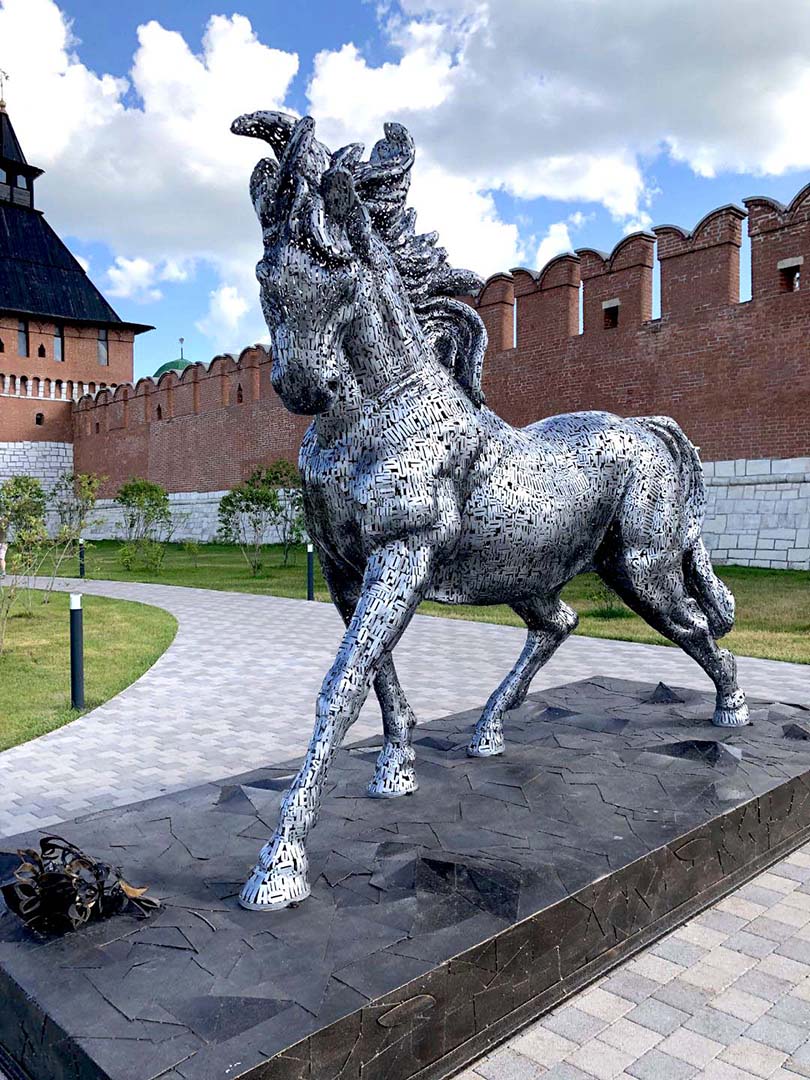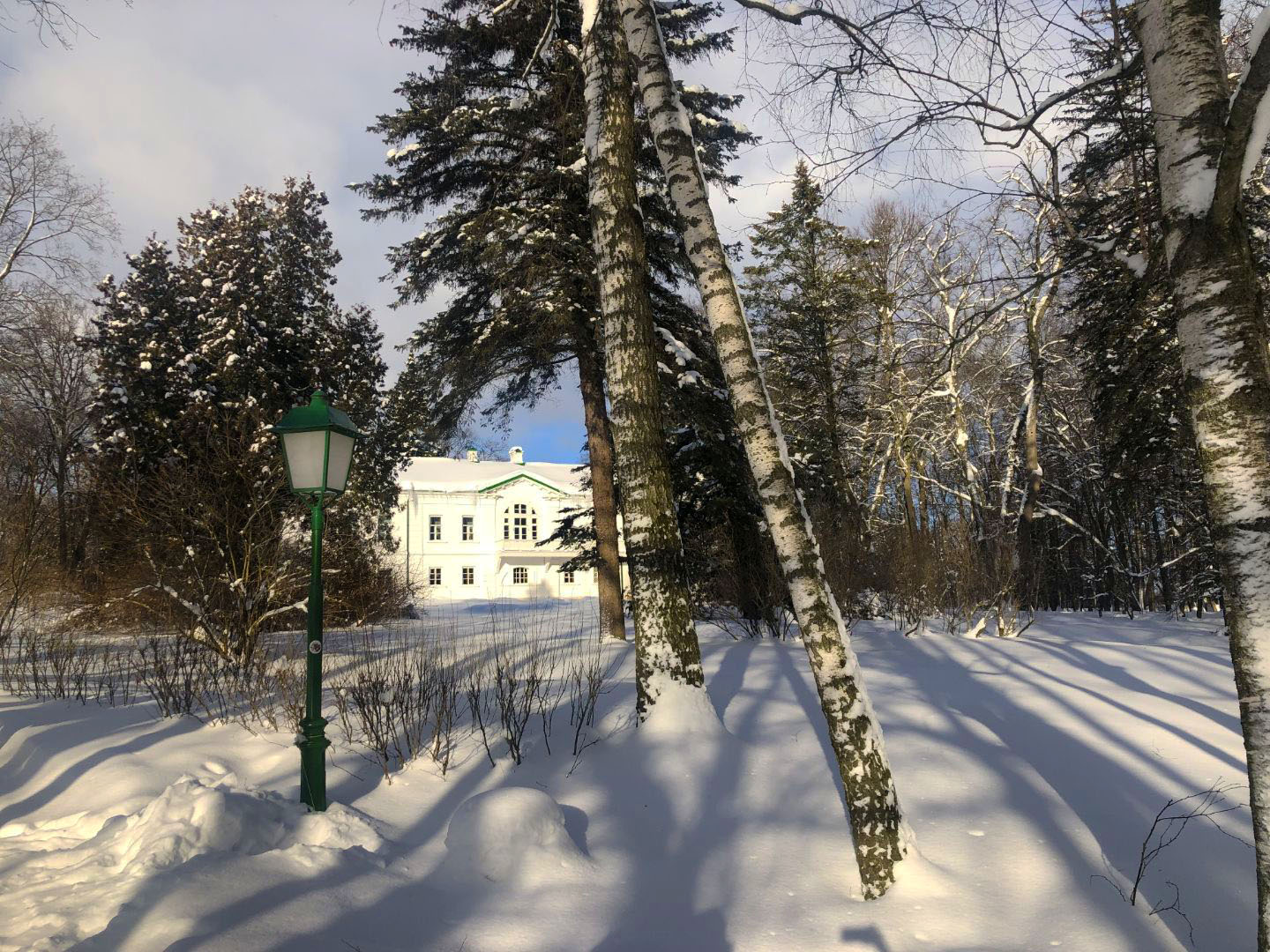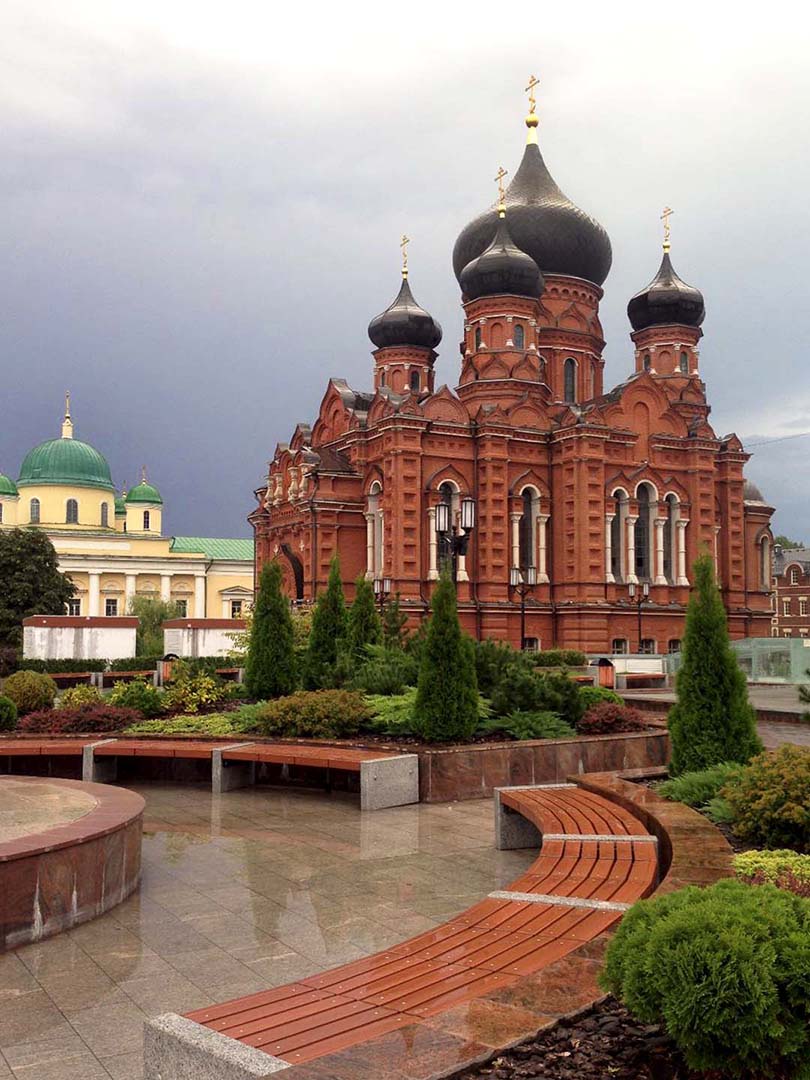Our story about Tula State University will be incomplete if we don’t tell you about the wonderful Russian city in which the university is located. This is the city of Tula. It is located on the banks of the Upa River, 180 km south of the Russian capital Moscow.
Tula, as one of the oldest cities in Russia, is rich in various architectural monuments. Now, Tula can be called “the third museum capital of Russia”; it has many historical and cultural sites, as well as creative spaces. It was Tula that gave the whole world the great writer Leo Tolstoy.
High-speed trains connect Tula and Moscow – just two hours and you are in the very heart of Moscow! Tula is an important rail and highway hub and a manufacturing city of the Moscow industrial region.
Just see, how close the city of Tula to the international airports:
164 km: Moscow Domodedovo Airport (DME)
187 km: Moscow Vnukovo International Airport (VKO)
214 km: Moscow Sheremetyevo International Airport (SVO)
220 km: Moscow Zhukovsky International Airport (ZIA)
Here are some interesting facts about the city of Tula:
- Tula is Russia's oldest metallurgical center that also produces heavy and light machine tools. Also it’s known for its weapon production and some other curious things.
- Along with weapon production, Tula is also known as a bit of a sweet city since that’s where Russian “pryaniki” are made. For those who don’t know, a pryanik is like a traditional Russian cookie made with honey and gingerbread, but to look at they don’t look anything like the traditional chocolate chip cookies you might be used to seeing.
- Tula is also a really famous as Russian samovar production center. Again, you might be wondering just what one of those is. A samovar literally means a "self-boiler" and is basically a heated metal container that was traditionally used to heat and boil water for making tea in and around Russia.
- The city of Tula is just a year older than Moscow. The date of the first mention of Tula is 1146. The first written mention of Moscow dates back to 1147.
- Tula is an industrial city and the administrative center of Tula Region with a population of nearly half a million people.
- In 2020, the Tula Kremlin celebrated its 500th anniversary. Built by architects from Italy in the 16th century, on the site of an ancient wooden structure. The Tula Kremlin is in the city center and is a monument of defensive architecture. Construction of the fortress, which was the main southern defense line of the Muscovite state, went on during the difficult times of the Crimean Tatar attacks on Russian lands. The craftsmen who built the Tula Kremlin combined the traditions of Old Russian architecture with the latest achievements of the Western European art of fortification.
- For more than four centuries Tula has been known as a center of crafts and metalworking.
- The famous Russian tsar Peter the Great visited Tula in 1712 and he commissioned blacksmiths to build first Russian armament manufacture. Several years later Tula became the largest ironworking center of Eastern Europe, giving it the weapons reputation it still has to this day. In the 18th century Tula was also known as a major center for the production of iron and cast iron goods and it grew along with the arms industry.
- A musical instrument, the Tula accordion, is named after the city, which is a center of manufacture for such instruments sold throughout Russia and the world.
- The most popular tourist attraction in Tula Oblast is Yasnaya Polyana, the home and burial place of the writer Leo Tolstoy. Yasnaya Polyana it is fourteen kilometers south-west of the city and was here that Tolstoy wrote his celebrated novels War and Peace and Anna Karenina. Here you can visit his estate which became a museum in 1928.
- From October through December 1941, when the front line passed through the city's southern edge, city residents along with Red Army units defended Tula against Hitler's forces. In 1976, Tula was awarded the title of hero city for its brave efforts during the Second World War.
- So coming back to the present, you can be sure that Tula is a beautiful old city and a major cultural, industrial, and scientific center of the region which is definitely worthy of your attention, whether it’s weapons, cakes or samovars that interest you.
- In Tula, there is a weapons museum, a samovar museum, a gingerbread museum. It is noteworthy that the weapons museum resembles a huge combat helmet in its appearance.
- Tula Central Park named after P.P. Belousov is considered to be one of the largest in Europe. Its area reaches 143 hectares, of which 97 are occupied by trees and shrubs.
- Tula is a city with lots of picturesque walking areas and a number of creative spaces where you can visit an exhibition, a concert or a lecture, get acquainted with the history of the city, meet friends, take photos or just have coffee.
We do believe, that international students of Tula State University love the city of Tula. Our 2020 graduate from Vietnam, Pham Duc Hoi, even recorded a touching video-declaration of his love to our beautiful city. Let’s watch and feel the love.
INTERESTING PLACES IN TULA
 |  |  |  |

